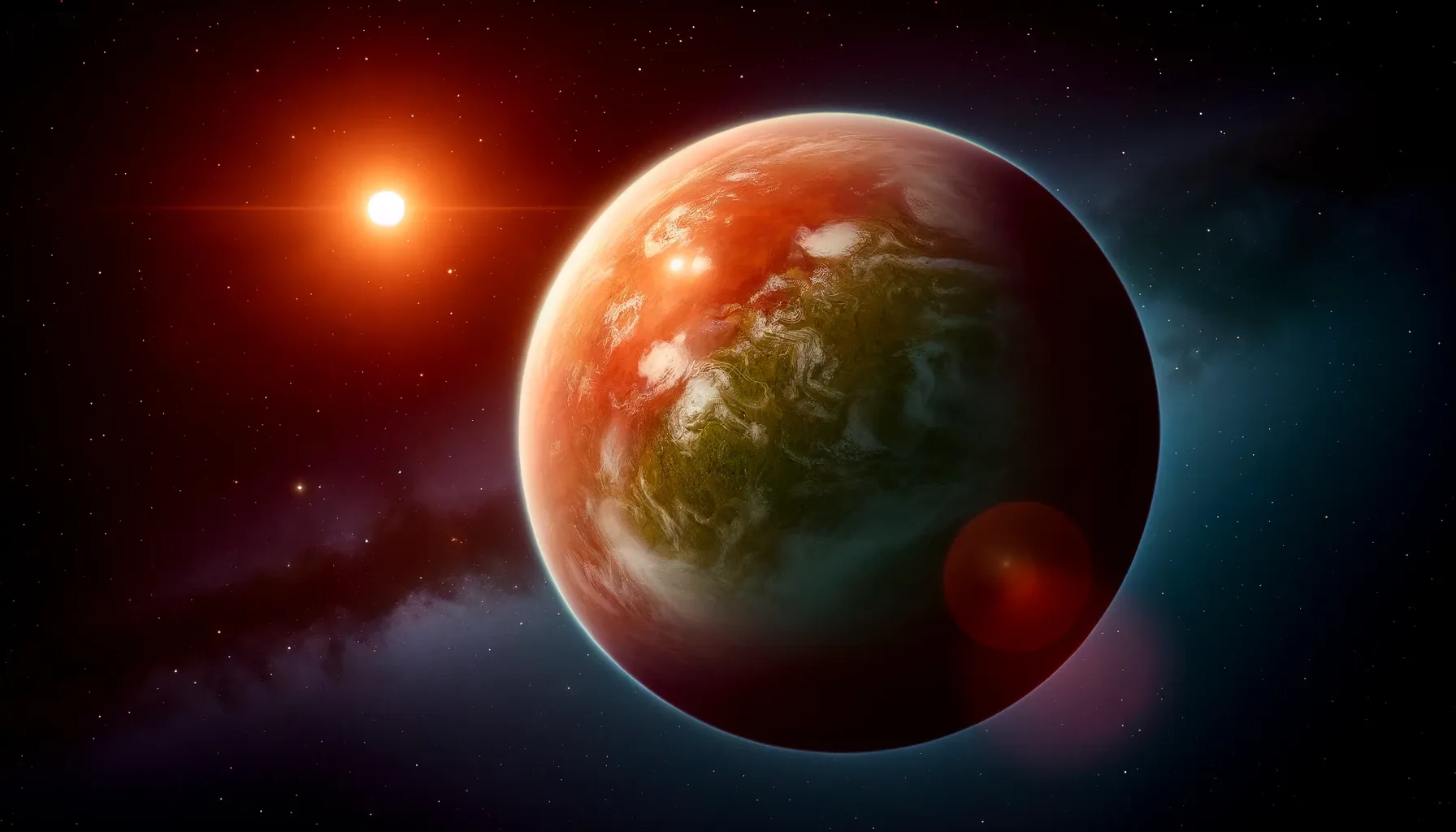NASA's Discovery Alert: A Super-Earth in the Habitable Zone
NASA's latest exploration achievements have unveiled an exciting find—TOI-715 b, a super-Earth located in the habitable zone of a red dwarf star, only 137 light-years from Earth. This discovery not only boosts our understanding of exoplanets but also hints at the potential for more habitable worlds beyond
NASA's latest exploration achievements have unveiled an exciting find—TOI-715 b, a super-Earth located in the habitable zone of a red dwarf star, only 137 light-years from Earth. This discovery not only boosts our understanding of exoplanets but also hints at the potential for more habitable worlds beyond our solar system.
Key Discovery Details
TOI-715 b is notably about one and a half times wider than Earth and orbits within what astronomers refer to as the "conservative" habitable zone of its star. This zone is the ideal distance for a planet to maintain temperatures that could allow liquid water to exist on the surface, given a suitable atmosphere. While this larger planet presents exciting possibilities, the system might also include a second, slightly larger than Earth-sized planet, also potentially within this habitable zone.
Technological Advances in Exoplanet Exploration
The discovery of TOI-715 b was made possible by the latest advancements in spaceborne technology, including instruments on board NASA’s James Webb Space Telescope. These tools are not just finding planets; they are starting to reveal key characteristics such as atmospheric composition. Such details are crucial for understanding the habitability and potential for life on these distant worlds.
Astronomical Significance of Red Dwarfs
The parent star of TOI-715 b is a red dwarf—smaller and cooler than our Sun, yet frequently host to small, rocky planets. Due to their size and temperature, planets orbiting red dwarfs can maintain tight orbits while still remaining in the habitable zone. This proximity allows for more frequent transits when viewed from our vantage point, enhancing their detectability. This is how TESS (Transiting Exoplanet Survey Satellite), which discovered TOI-715 b and has been operational since 2018, adds to our growing catalog of exoplanets in habitable zones.
Future Observations and Potential
TOI-715 b joins a growing list of habitable-zone exoplanets that are prime candidates for further observation by the Webb telescope. The planet's features, including its mass and the nature of its atmosphere, will be crucial in determining its potential as a water world.
Fun Facts and Future Prospects
The potential confirmation of a second, Earth-sized planet in the system would make it the smallest habitable-zone planet discovered by TESS thus far. This discovery has already surpassed expectations for TESS, highlighting the satellite's capability to find Earth-sized worlds in habitable zones.
The discovery was led by an international team, including Georgina Dransfield from the University of Birmingham, UK. Their findings were published in January 2024 in the "Monthly Notices of the Royal Astronomical Society," detailing how an international array of facilities, including Gemini-South and the TRAPPIST-south telescope, helped confirm the planet's status.
This discovery opens up new avenues for understanding the potential for life in the universe, further pushing the boundaries of what we know about the cosmos.





